You have likely heard the terms “water-resistant” and “waterproof” bandied around in regards to wristwatches, but have you ever stopped to consider exactly what these terms mean? The terms are often used interchangeably despite not meaning the same thing at all. Simply put, a water-resistant luxury watches can withstand contact with for a certain amount of time or under certain conditions, while a “waterproof” watch should, in theory, be impenetrable by water.
But the truth is, no watch can guarantee perpetual waterproofness. Even the very finest diving watches on Planet Earth like the Rolex Sea-Dweller are susceptible to the aging process and extreme conditions. It would be unreasonable to assume that a product made of physical materials could not, in some way, be affected by its physical surroundings over time.
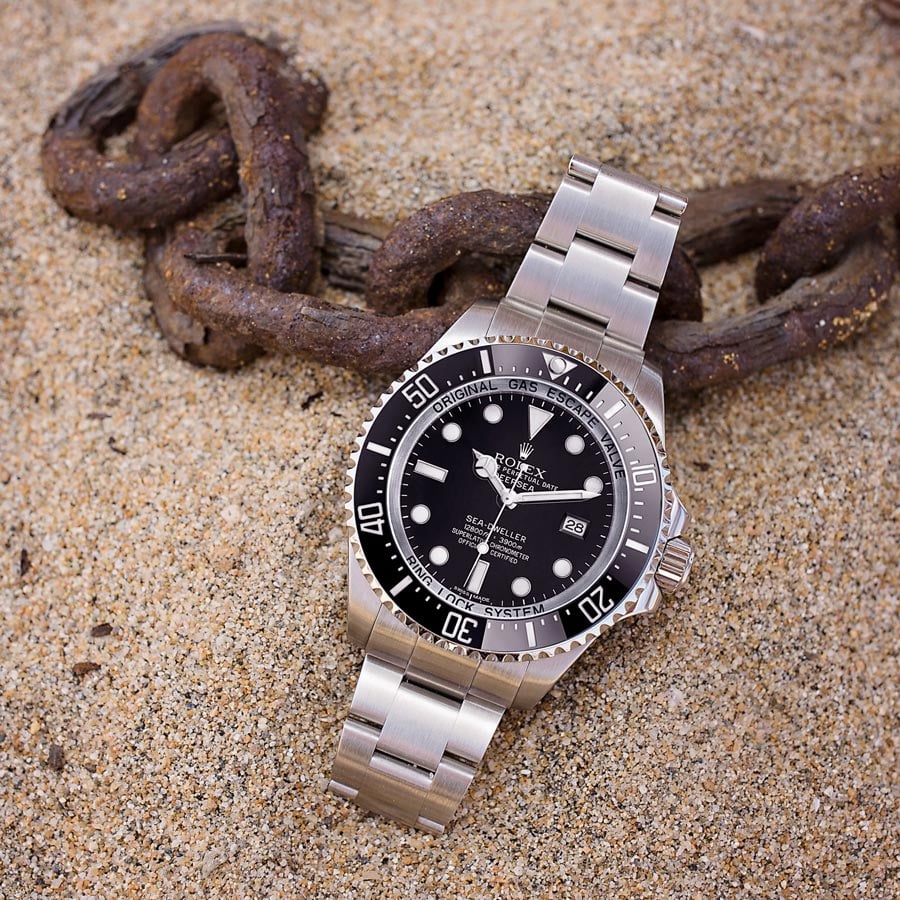
Water-Resistant vs. “Waterproof”
One of the major causes of “waterproof” watches failing is the degradation of seals designed to ensure a gapless construction. Such seals, which are normally made from a type of rubber or plastic, can be weakened or eaten away in extreme heat or cold. One of the reasons it makes sense to have your watch serviced every few years to ensure that the seals are functioning as they should. All decent watchmakers will perform a dry pressure test on your watch before returning it to you, ensuring your peace of mind for at least another few years.
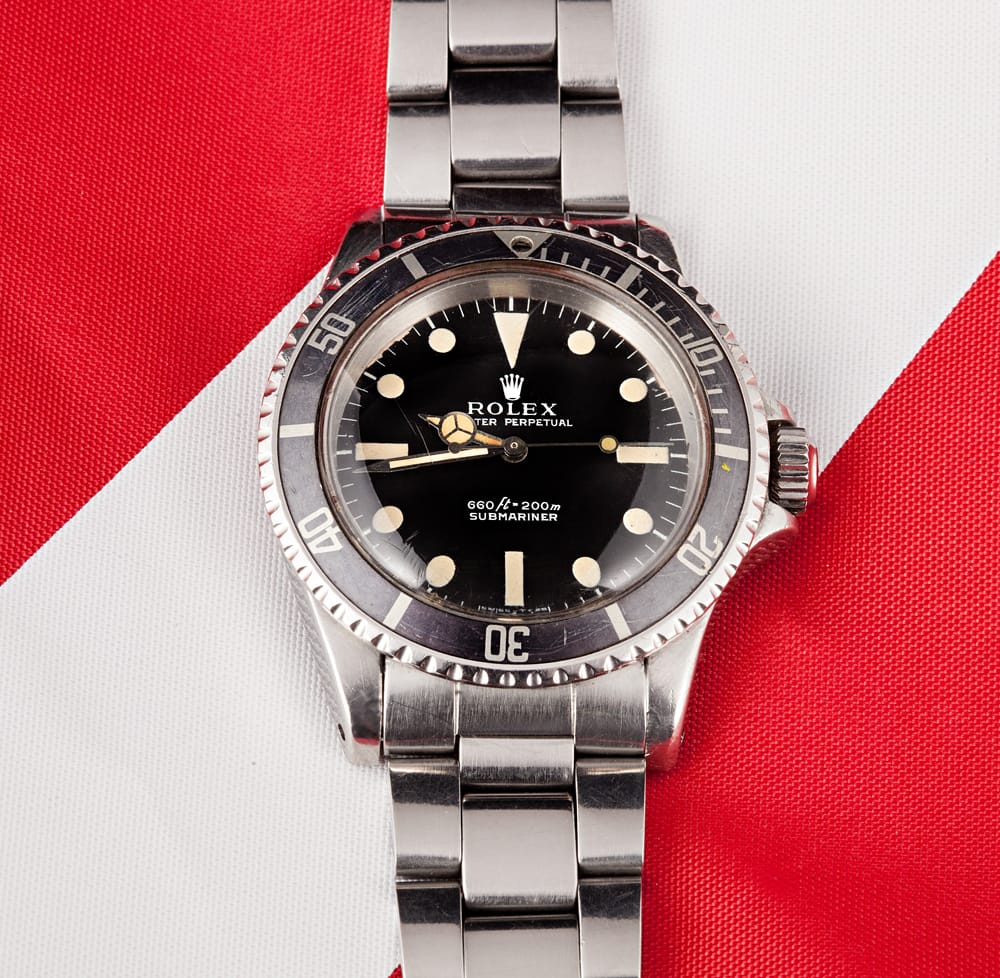
But that’s part of the problem surrounding the wider public’s understanding of water resistance and waterproofness. Many of the tests conducted in a watchmaker’s workshop are dry and static tests (meaning the watches never actually touch the water). What happens instead is that an immense amount of external air pressure is exerted upon the watch and it is measured for leaks or deformations. If a watch passes a test of this nature, then it can be said to be water-resistant. In practical terms, though, that may not mean so much.
“Active submersion” – as in the act of repeatedly submerging and surfacing a watch (as one would when swimming front crawl) can be risky for a watch due to the sudden changing external pressure on the watch, not to mention the potential changes in temperature.
Temperature fluctuations can cause real problems for the water-resistance of a timepiece. In warm weather, components (and thus the gaps between them) expand. That coupled with active submersion or moving water (as you’d expect to find in a shower or a hot tub) is just about as bad a combination as a watch could hope to meet.
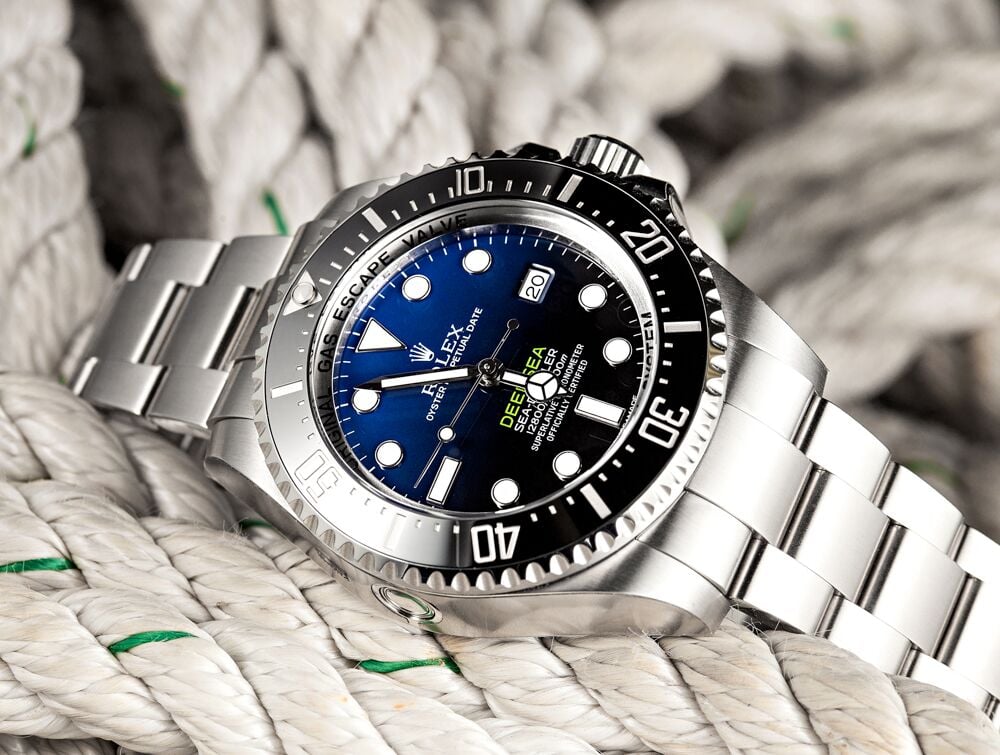
And so very few watch brands risk anointing their wares “waterproof” – however, one notable exception is Rolex. Thanks to the provenance and performance of the Rolex Oyster case, true waterproofness has been guaranteed down to 100 meters and deeper since 1926. As a testament to the brand’s mastery of this field, two watches in the brand’s history have descended to the deepest point in the ocean, some 10,908 meters (35,787 feet) beneath the surface. The first watch to do this was the Rolex Deep Sea Special, which accompanied Captain Don Walsh and Jacques Piccard on their 1960 mission to the ocean bed. Rather than complete the journey on a human wrist, the recognizable Deep Sea Special (with its preposterously domed sapphire crystal) was strapped to the exterior of their craft, the Bathyscaphe Trieste.
Veteran film-maker and explorer James Cameron repeated the challenge in 2012. For his attempt, Rolex made a special version of its popular Sea-Dweller model, which was worn by the submersible’s robotic arm at the same depths. Both of these stunning models survived, but they are a huge exception to a cloudy rule. Put simply, real-world conditions are very different from those in the workshop, and you shouldn’t rely on our watch to keep out water just because it says that it is water-resistant to 30 meters or more.
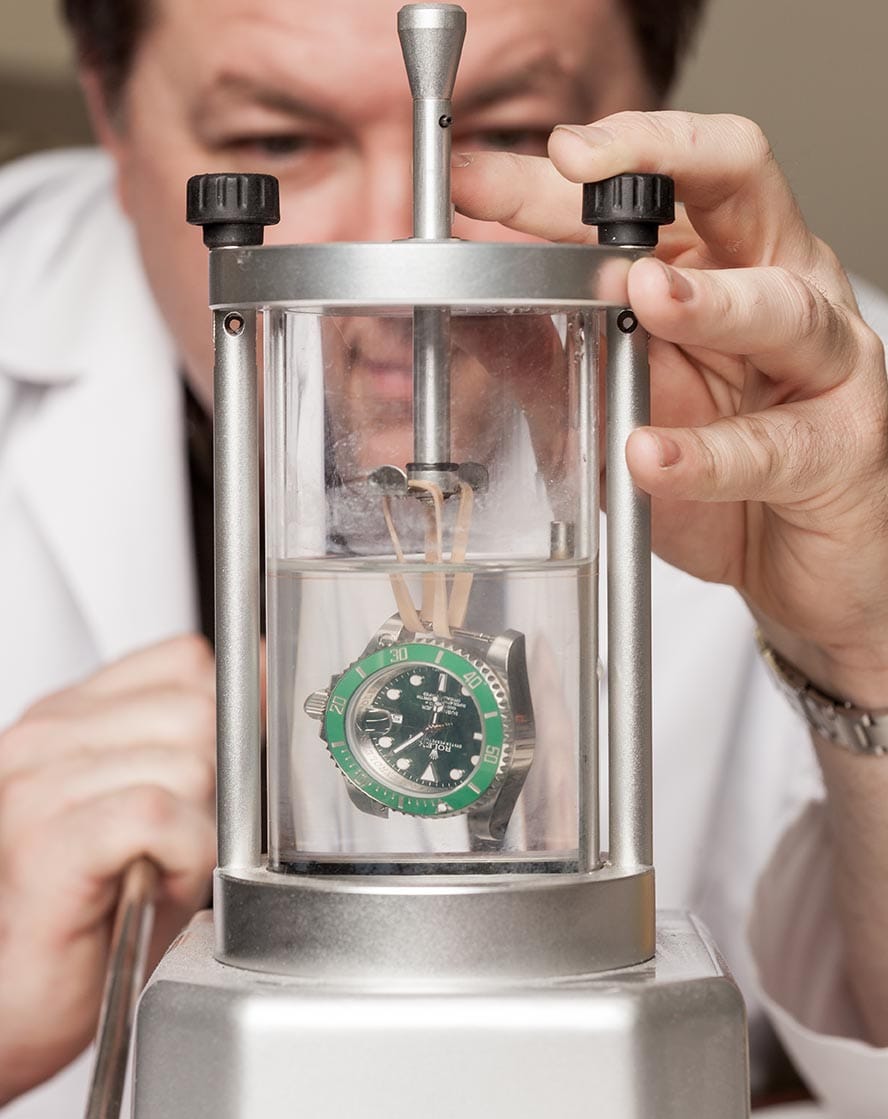
Watch Water Resistance Ratings
Before we break down how water resistance ratings can realistically be expected to perform in reality, we need to run through the different ways in which water resistance is expressed.
There are three ways to express the depth to which your watch has been tested. The most commonly used unit of measurement is “meters.” This is usually expressed by the letter “M” (it can be written in upper or lower case without its meaning changing). Perhaps the second most common way to communicate depth rating is through atmospheres. Atmospheres are expressed by the abbreviation “ATM.” One atmosphere is roughly equivalent to 10 meters, so 10ATM is the same as 100M.
The third way to express water resistance is “Bar.” A bar is a unit of pressure, rather than depth. While this is commonly talked about among collectors and watchmakers, it is not so frequently printed on the dial of a watch. One bar equals one atmosphere, so 10 Bar equals 10 ATM and 100M.
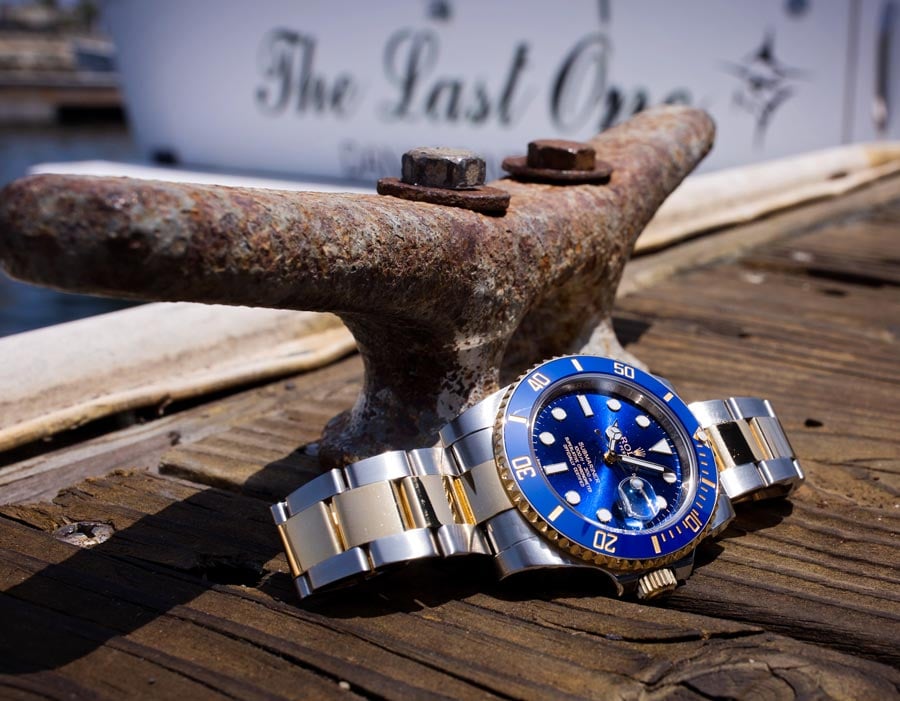
The most common depth ratings are 30M, 50M, 100M, 200M, and 300M. Beyond those depths, 500M, 1,000M, and even deeper ratings exist but are normally reserved for very specialized diving tools.
So what do these common ratings mean in real life? When can you feel safe skipping through puddles, hopping into the shower, or diving into a pool? Heaven forbid you should find yourself tempted to cannonball a hot tub, but if that sounds like the sort of thing you might find yourself doing, you might want to invest in a seriously hefty piece of kit.
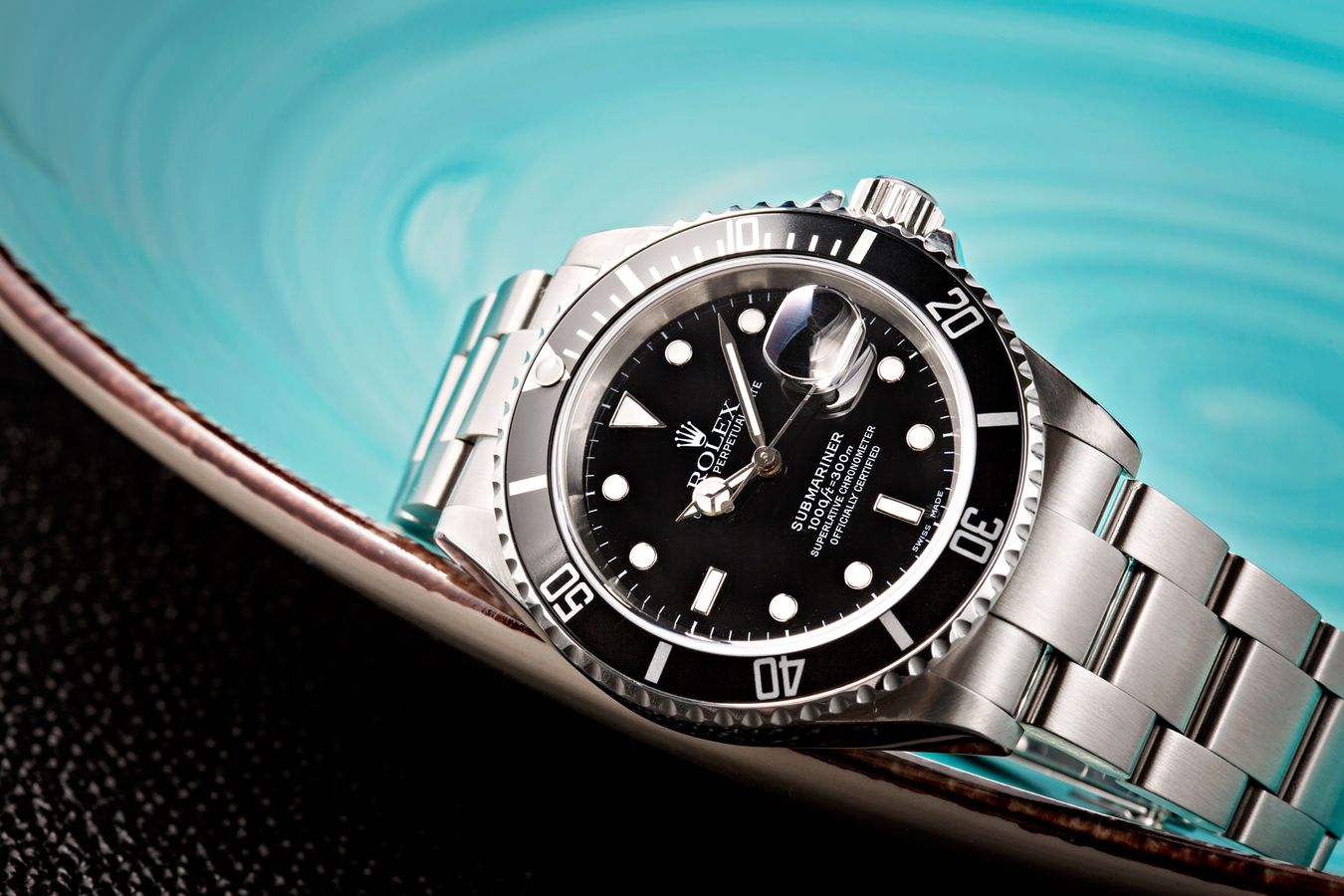
3 ATM/3 Bar/30M: This is an incredibly common water resistance rating, and one you would expect to find on most fashion watches. Although you will frequently hear wearers of such watches proclaiming they have no intention of diving to 30 meters below sea level and therefore feel comfortable showering or even submerging these watches in water, you should realistically never do that. 3ATM is only good for the accidental daily splashes you’re likely to experience when out and about. Rainwater, washing one’s hands, and that’s about it for these surprisingly delicate housings.
5 ATM/5 Bar/50M: Very few human beings will ever dive down as far as 50 meters, but even if the opportunity presented itself, these watches would not be up to the task. They are, however, perfectly fine being gently submerged for short periods. Watches water resistant to 50 meters should be fine for the pool, but don’t swim too vigorously, dive from a board, or switch things up with a trip to the jacuzzi.
10 ATM/10 Bar/100M: At this point, real water sports like swimming, snorkeling, boating, etc. should all be possible. This is the kind of water resistance I would look for in any daily wear, just for added security.
20 ATM/20 Bar/200M/30 ATM/30Bar/300M: By the time we get down to 200 meters of water resistance, you can genuinely use these watches for diving. They should perform admirably at extreme depths and will be more than sufficient for the vast majority of recreational divers.
100 ATM/100 Bar/1000M/: We have now entered the territory of the serious saturation (SAT) diver. Watches with depth ratings at this level are finely-tuned, expertly machined tools designed to keep their wearers alive. These watches tend to be relatively enormous, with thick case walls and sapphire crystals several millimeters thick, designed to withstand the immense external pressures to which they are expected to be subjected.
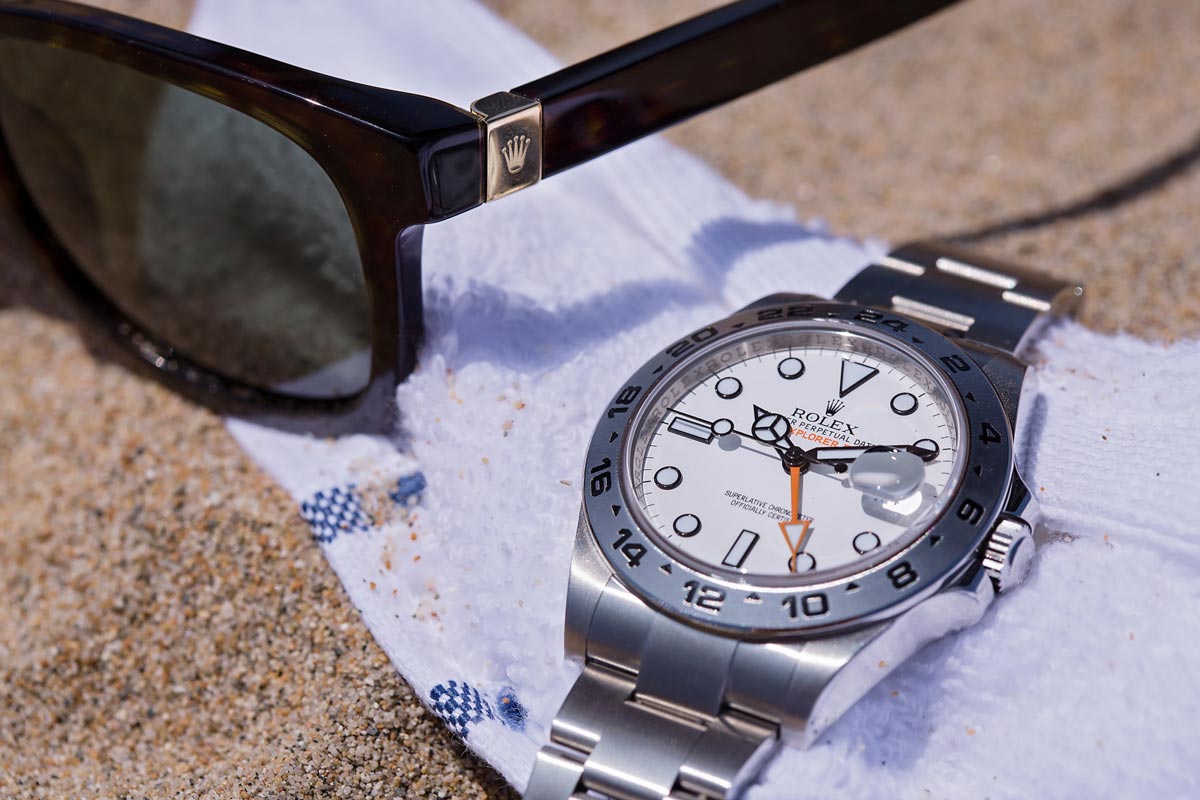

“Very few human beings will ever dive down as far as 50 meters”
Sorry, but there are tens of thousands of technical divers (and I’m not talking about COMMERCIAL divers, just people scuba diving as a sport) going regularly well beyond those 50 meters, to 80, 90 and more than 100 meters down. Great explanation about the differences between proof and resistant, and the degrees of resistance; but that statement somehow devalued the rest of the article.
You are certainly correct that 50 meters is within the limits that people dive these days, but given that most folks that scuba dive do so recreationally, the vast majority of all diving is done in less than 30 meters of water. Commercial divers will always be the outliers, and while there are plenty of people that have hit 50 meters, this still represents a tiny fraction of the diving population, let alone the watch-wearing public.
You are right, the term “very few” can give people the impression that it is only a small handful of individuals that have ever reached 50 meters. More accurately, that sentence should read “Only a very small percentage of human beings will ever dive down as far as 50 meters” – thanks for the feedback!
Nice article! Thanks for sharing this informative post. Keep posting!
Thanks, very useful indeed.
I was looking a the Seiko SRPG35 wondering whether its 10 bar water resistance would allow me to swim and I feel reassured now that it does.